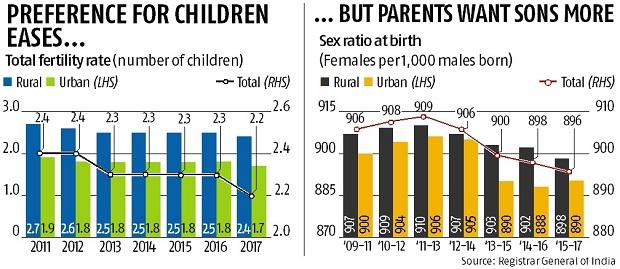7667766266
enquiry@shankarias.in
What is the issue?
What is SRS?
What are the highlights?

What is the key concern?
What lies ahead?
Source: Financial Express, Economic Times